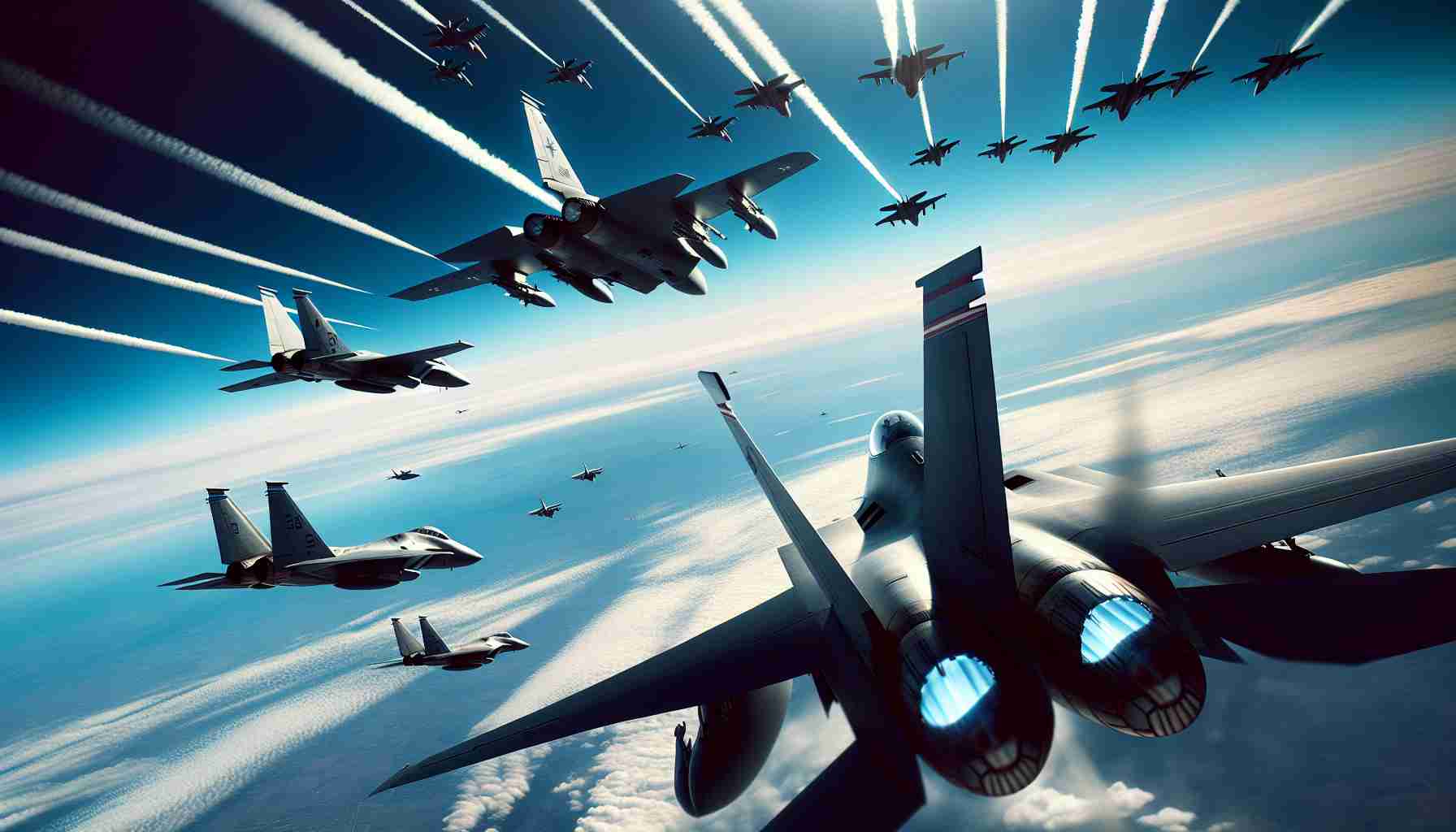- Fighter jets from Canada and the US were deployed to monitor Russian aircraft in the Arctic, highlighting proactive defense measures.
- This operation involved Canadian CF-18s and American F-35s, demonstrating strong collaboration between Canadian and American forces.
- NORAD confirmed that Russian planes did not breach airspace or pose an immediate threat during the exercises.
- The Arctic region is increasingly significant in global defense strategies, with calls for modernization due to emerging threats.
- Canada’s commitment of $38.6 billion over 20 years aims to strengthen its defense capabilities in response to evolving challenges.
- A recent training incident involving a US F-35 underscores the unpredictability inherent in military operations.
In a dramatic display of vigilance, fighter jets from Canada and the US soared into action this week as Russian military aircraft roamed the skies of the Arctic. While these aircraft remained safely outside Canadian and American airspace, North American Aerospace Defense Command (NORAD) wasn’t taking any chances.
Two Canadian CF-18 jets were deployed from the scenic Canadian Forces Base Bagotville, while their American counterparts, two sleek F-35s stationed in Alaska, scanned the Yukon border. This operation was bolstered by aerial refueling tankers and surveillance planes, a testament to the robust defense collaboration between the two nations.
Despite the tension, NORAD confirmed that the Russian planes did not breach Air Defense Identification Zones, reassuring that this activity posed no immediate threat. These maneuvers are part of extensive Russian drills taking place between January 20 and 31, indicating a strategic show of force in the Arctic.
The Arctic isn’t just a battleground for military might; it’s a focal point of global defense strategies, especially as calls for modernizing NORAD grow louder in response to new threats like hypersonic missiles. In a proactive move, Canada pledged a significant $38.6 billion over the next two decades to enhance its defense capabilities.
In another twist, a US F-35 fighter jet encountered a mishap during a training exercise, flipping mid-air but allowing the pilot to eject safely. This incident reinforces the unpredictable nature of military operations.
Key takeaway: As geopolitical tensions evolve, NORAD stands ready to ensure North America’s safety, showcasing the importance of vigilance and modernization in national defense.
Escalating Arctic Tensions: What You Need to Know About Military Readiness
As the geopolitical landscape continues to shift, the Arctic has emerged as a significant area of focus for military operations and defense strategies. The recent actions of NORAD in response to Russian military maneuvers underscore the growing importance of the region. Here’s an update on the current state of affairs, including insights into military strategies, innovations, and the implications for national security.
Recent Developments in Arctic Military Operations
1. Increased Military Activity: The recent deployment of Canadian CF-18 jets and American F-35s signifies an escalation in aerial vigilance over the Arctic territory. This is part of ongoing military drills by Russia, which can be seen as a rehearsal for broader operational capabilities.
2. Northern Defense Modernization: Canada’s commitment of $38.6 billion over the next twenty years emphasizes a long-term strategy to modernize its defense apparatus, particularly in reaction to threats from hypersonic missiles and other advanced military technologies.
3. Technology and Innovation: The integration of advanced surveillance planes and aerial refueling tankers into operations highlights innovations in military logistics and capabilities, ensuring a rapid response to potential incursions.
4. Collaborative Defense Initiatives: The partnership between the U.S. and Canada is a key feature of the North American defense strategy, with NORAD playing a vital role in monitoring and securing airspace.
Key Questions Answered
1. What are the primary threats facing Arctic defense today?
The main threats include increased military presence from Russia, the development of hypersonic missiles, and the potential for aggressive territorial claims as climate change opens new navigation and resource extraction routes.
2. How is NORAD adapting to these challenges?
NORAD is enhancing its surveillance capabilities, modernizing its fleet, and participating in joint exercises to foster a rapid and cooperative defensive posture against potential threats.
3. What does the future hold for Arctic military strategies?
The future will likely include heightened collaboration between NATO allies, increased investments in technology and infrastructure in the Arctic, and ongoing discussions about sovereignty and security in response to emerging threats.
Insights on Arctic Military Trends
– Sustainability Considerations: As military operations expand in the Arctic, there is a growing recognition of the need for sustainable practices to protect the fragile environment of the region.
– Market Forecast: The defense market in North America is expected to grow, driven by increased military spending and the urgency to address new challenges in air defense.
– Public Sentiment: Awareness of international threats has heightened public interest in military spending and the importance of maintaining a strong national defense.
For more detailed insights into national defense strategies and military operations, check out Defense.gov.
In conclusion, the Arctic remains a critical area for military readiness and strategic planning, with ongoing investments likely to shape its future landscape. As NORAD adapts to the evolving nature of threats, its collaboration with allied forces will be pivotal in ensuring North America’s security and preparedness.
